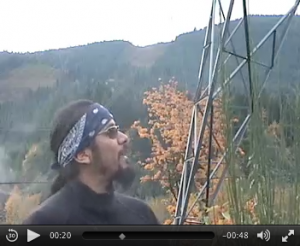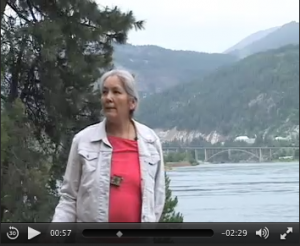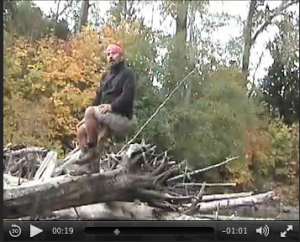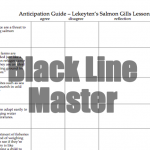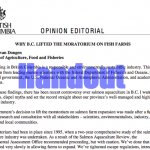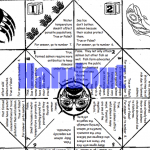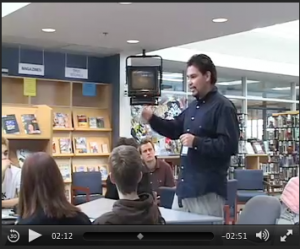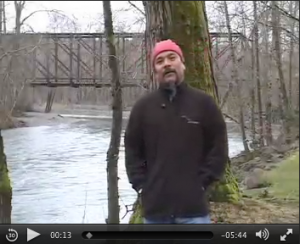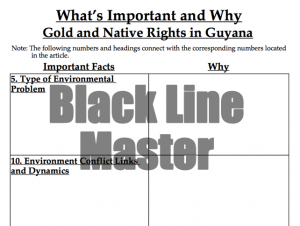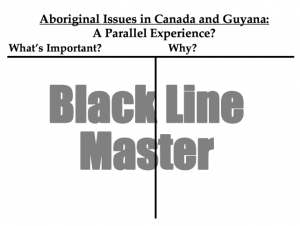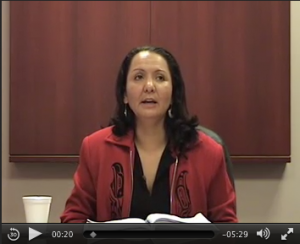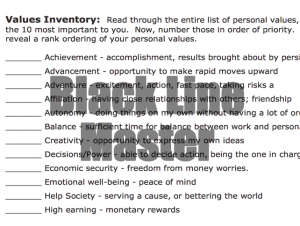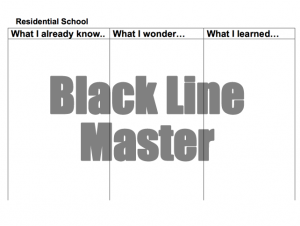Learning Outcome
Students relate electrical energy to power consumption.
CONNECT
Goal: Students will examine the impact of their personal energy consumption on the environment.
Task: Create an action plan for personal power usage and reflect on the impact on global populations.
Activate Prior Knowledge:
A) Brainstorm – With a partner, students generate as many items as they can that use power in their homes. What happens when the power goes out? How are people’s lives affected?
Key vocabulary to discuss: arteries, energy, dams, turbine, generator, transmission line, transformer, reservoir, hydroelectricity. (Definitions)
B) Key word review – write vocab words on the board. Partners discuss vocabulary and categorize words into three areas: Words they know/Words they have heard/Unknown words.
C) Discussion – Ask students to predict where energy comes from. What questions do the students have about power generation and energy consumption?
PROCESS
Please view the following two websites to see how hydroelectric electricity is generated.
2) Hydroelectric power: How it works
Video: Students watch the following video on how the demands for hydroelectric power impact local environments.
Students predict items in their homes that use electricity between the hours of 5pm and 10pm. Students record their items on the Power Observation Sheet. When the students take the activity for homework, they will identify the actual items that consume power during a chosen one hour period. Specific instructions for the homework activity are included on the Power Observation Sheet.
Students at home or at school, use the BC Hydro Power Smart Calculator to calculate the cost of power consumption for each item.
TRANSFORM
Create an action plan for personal power usage and reflect on the impact on global populations. This final project can take various forms like a daily journal, multimedia presentation/slide show, letters to local government authorities, written essay, etc.
REFLECT
Survey students to ask if they would choose to use power differently based on their new understanding. One survey method could be for students to write their responses on a piece of paper and submit them anonymously to the teacher.
Extend learning or next lesson
Visit the BC Hydro Website Education Page to explore further lessons on energy and power consumption.

